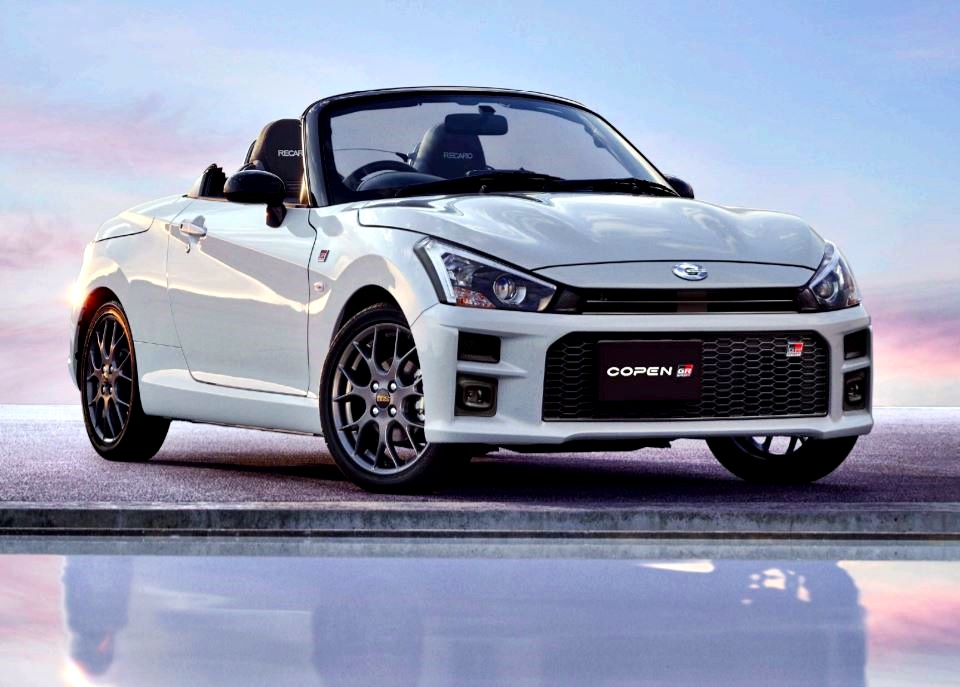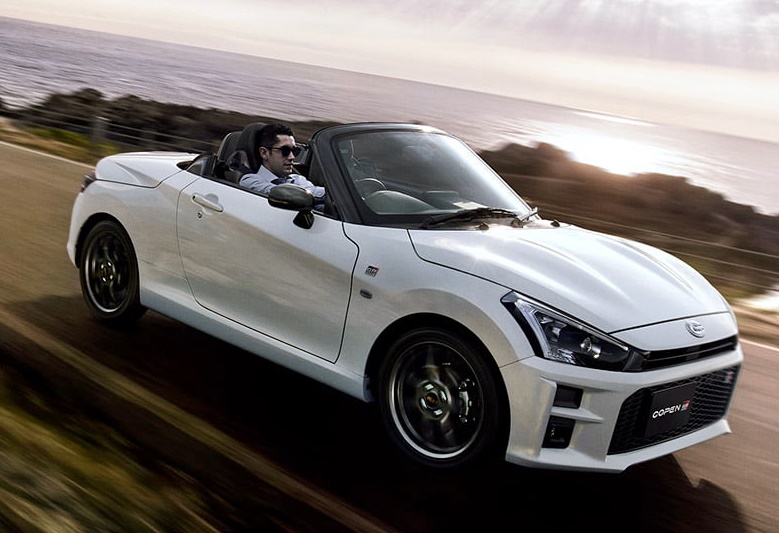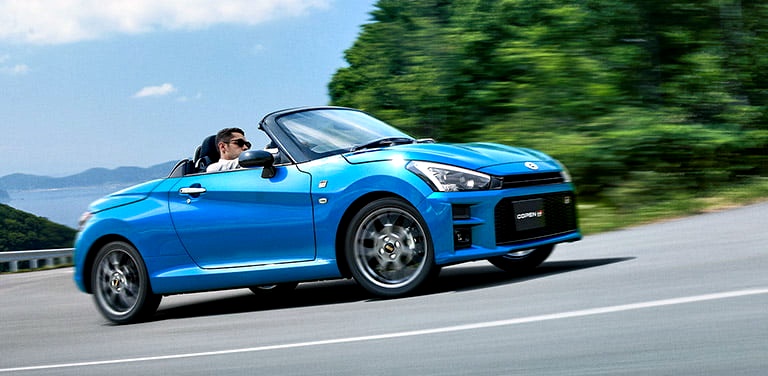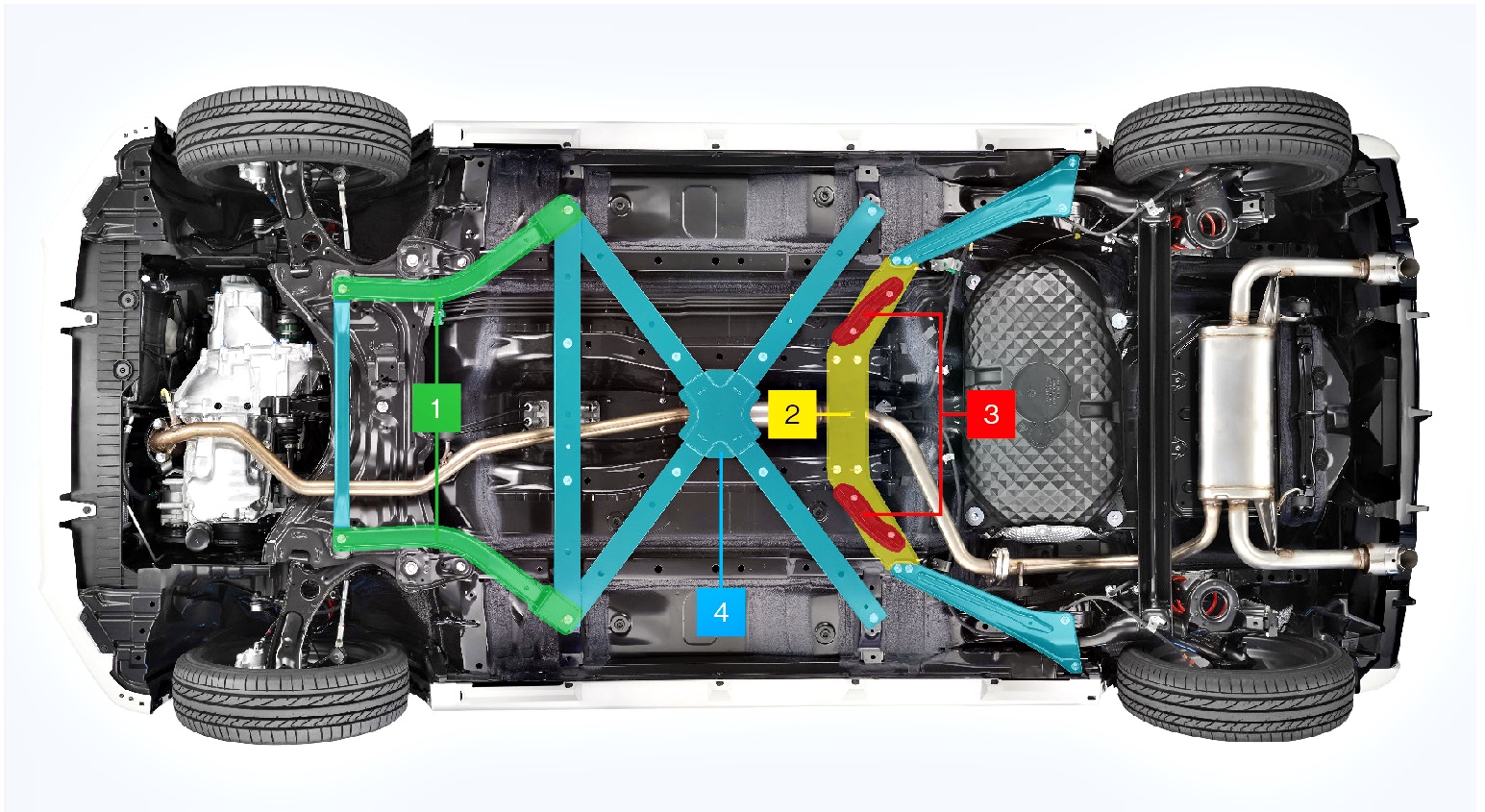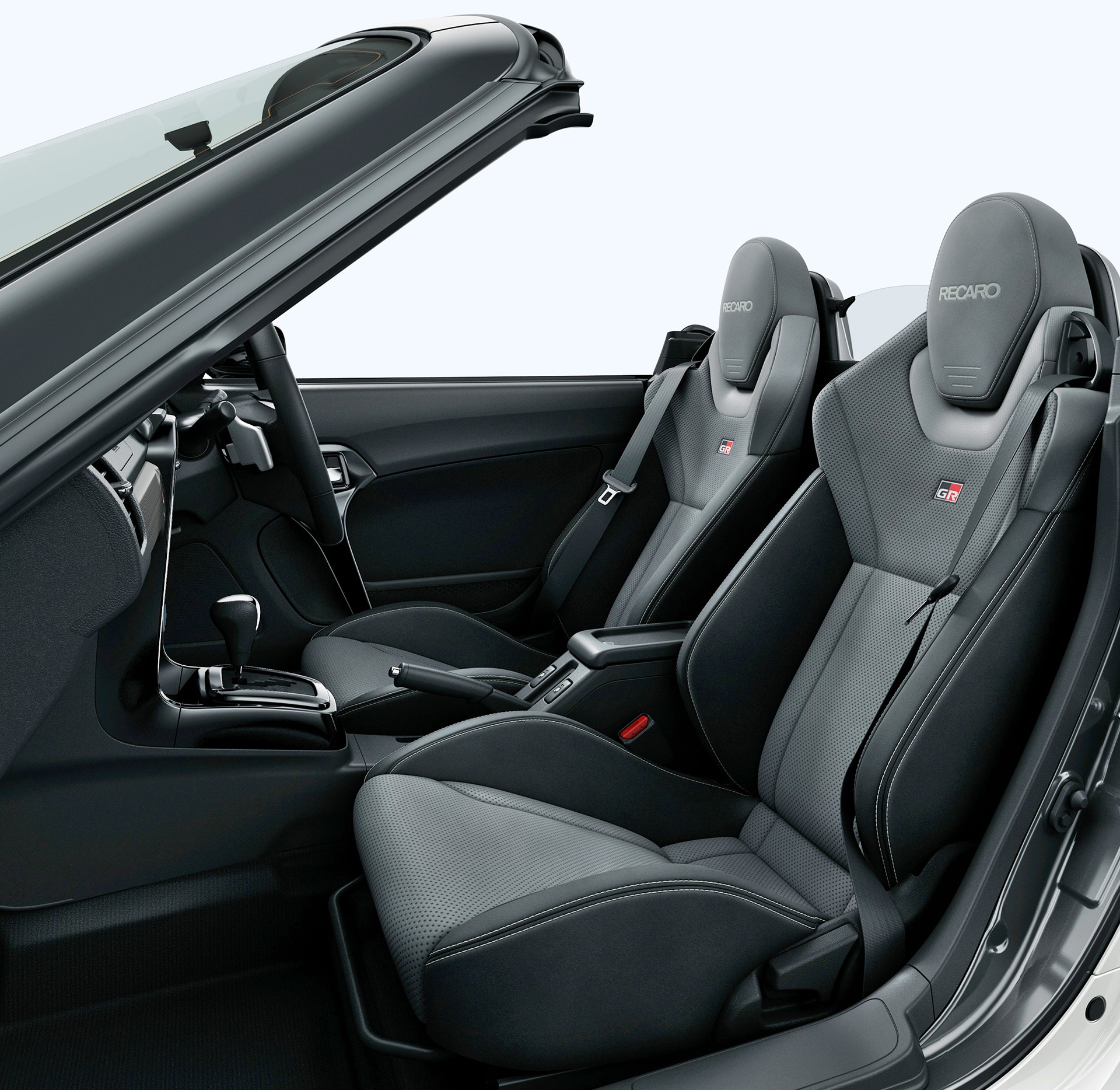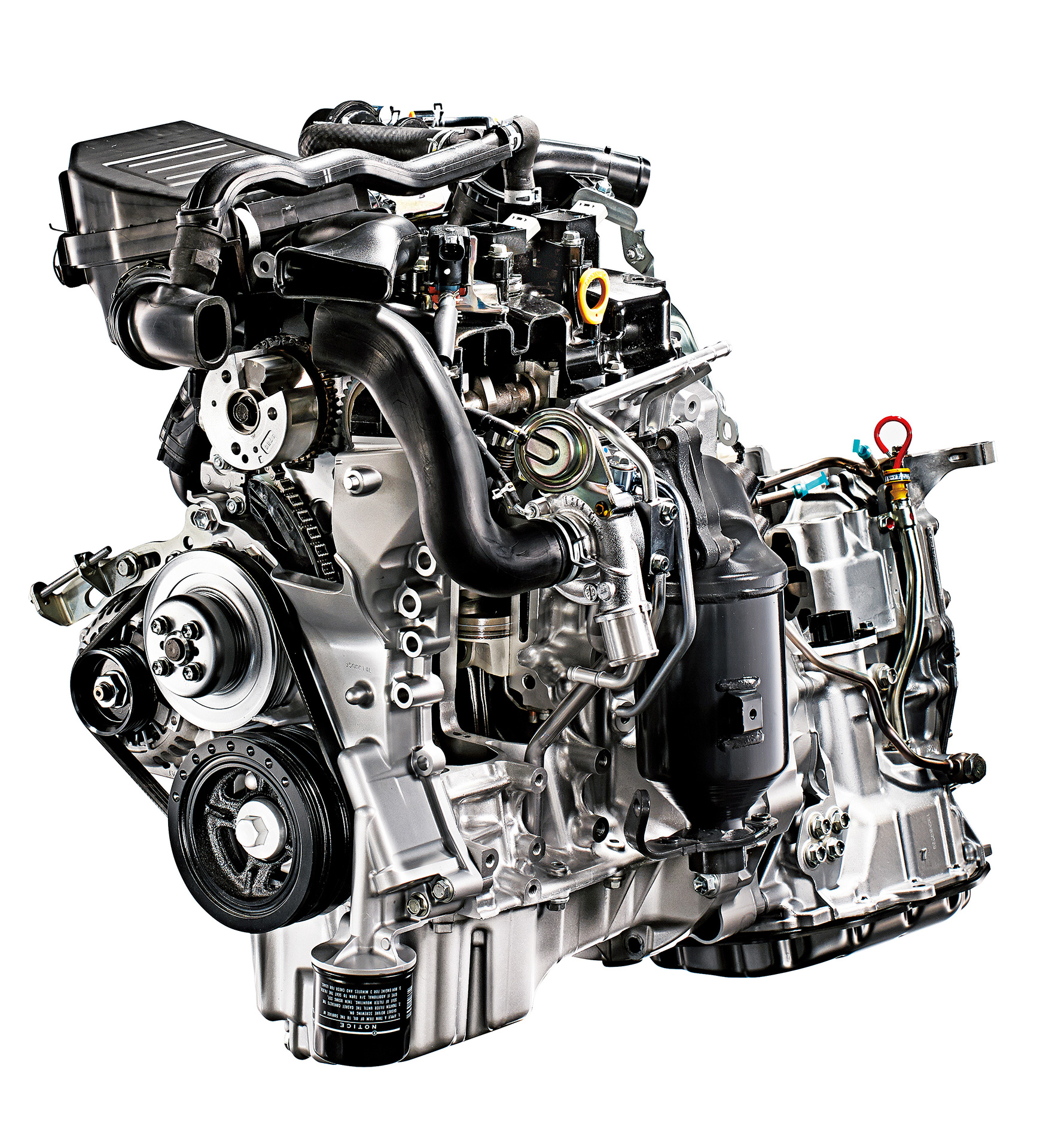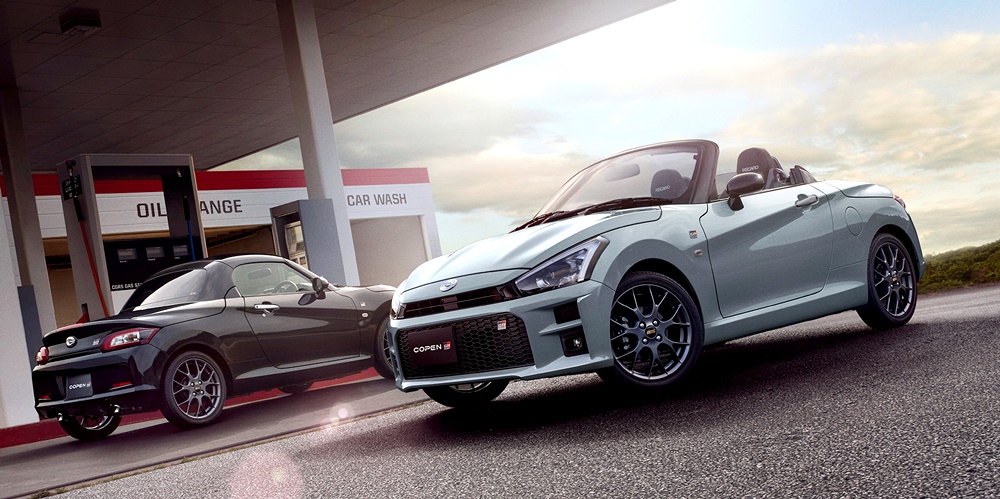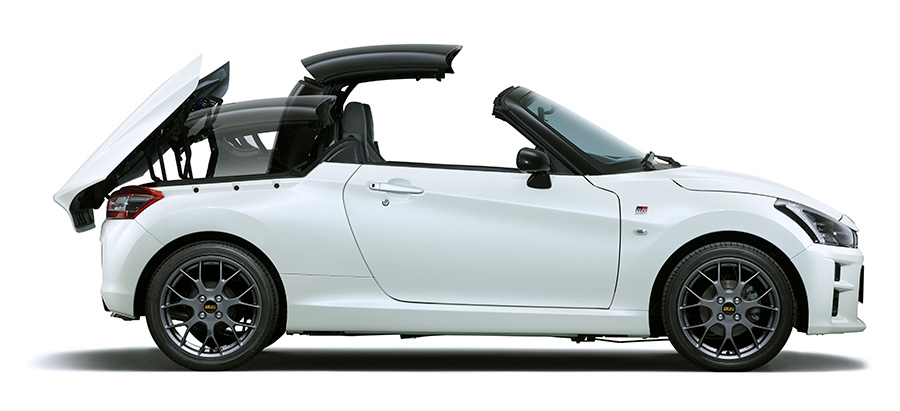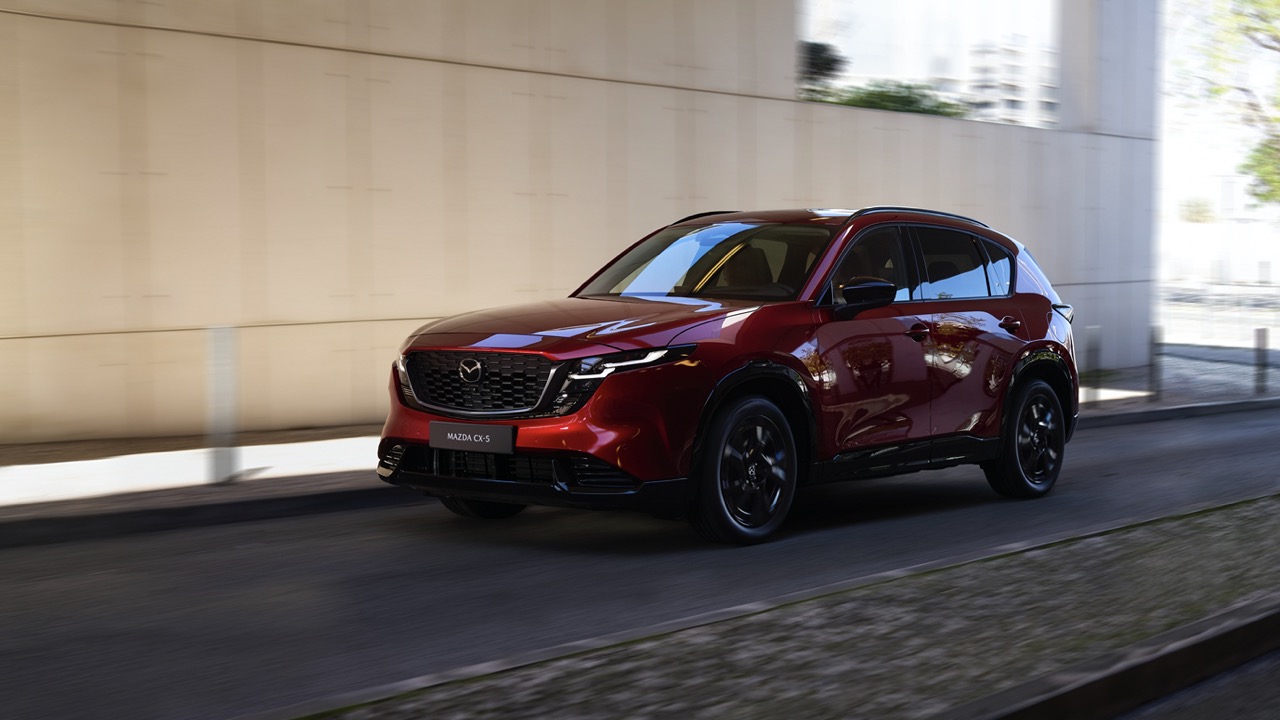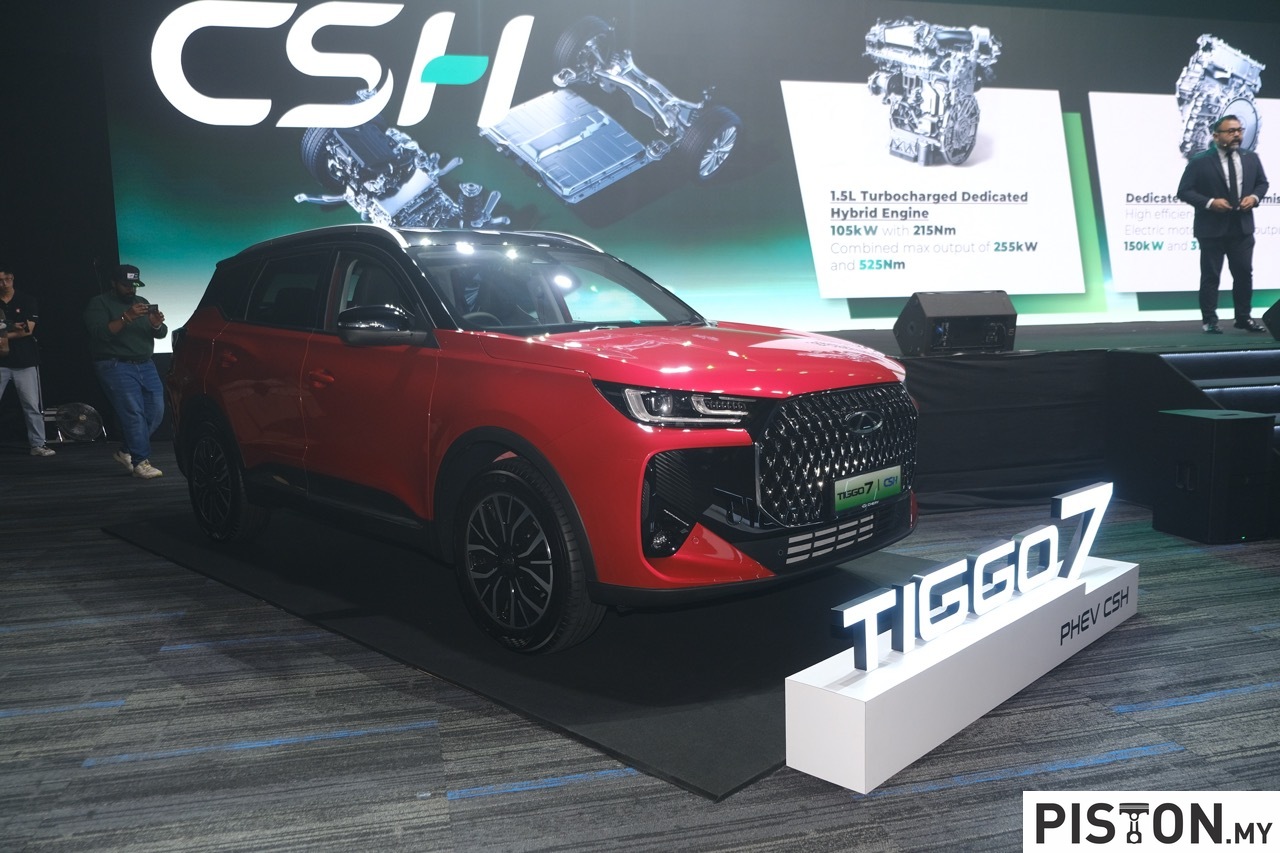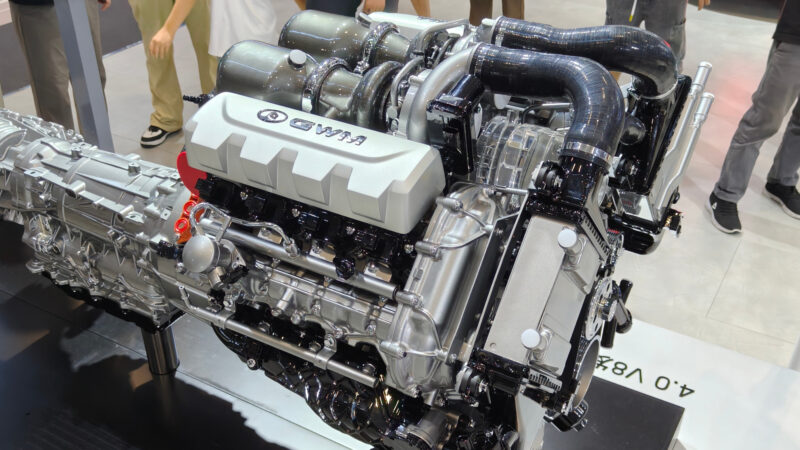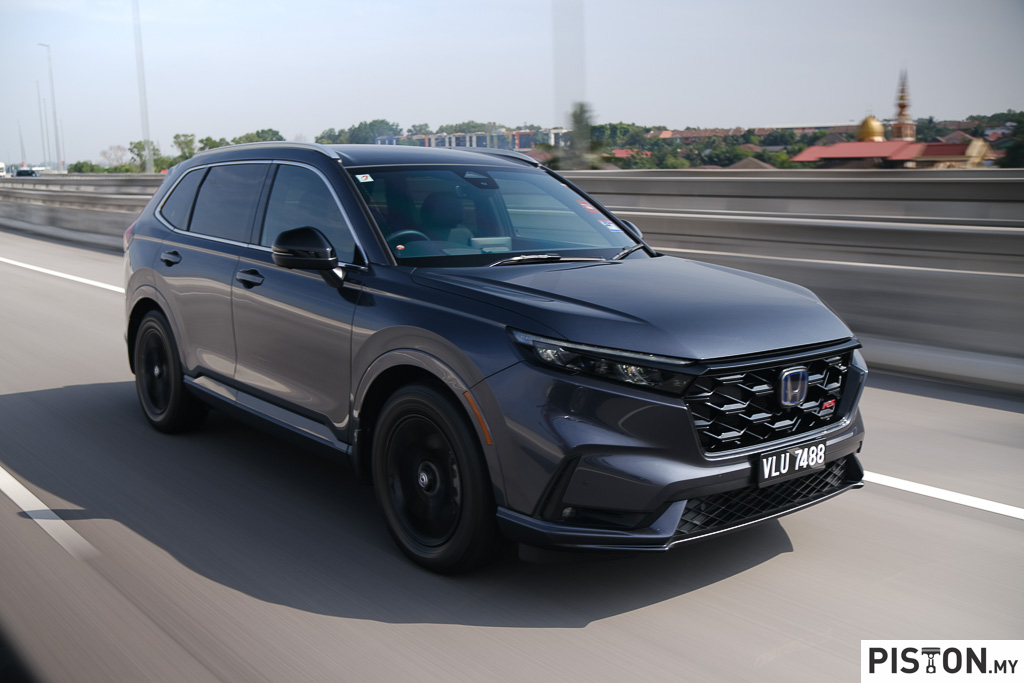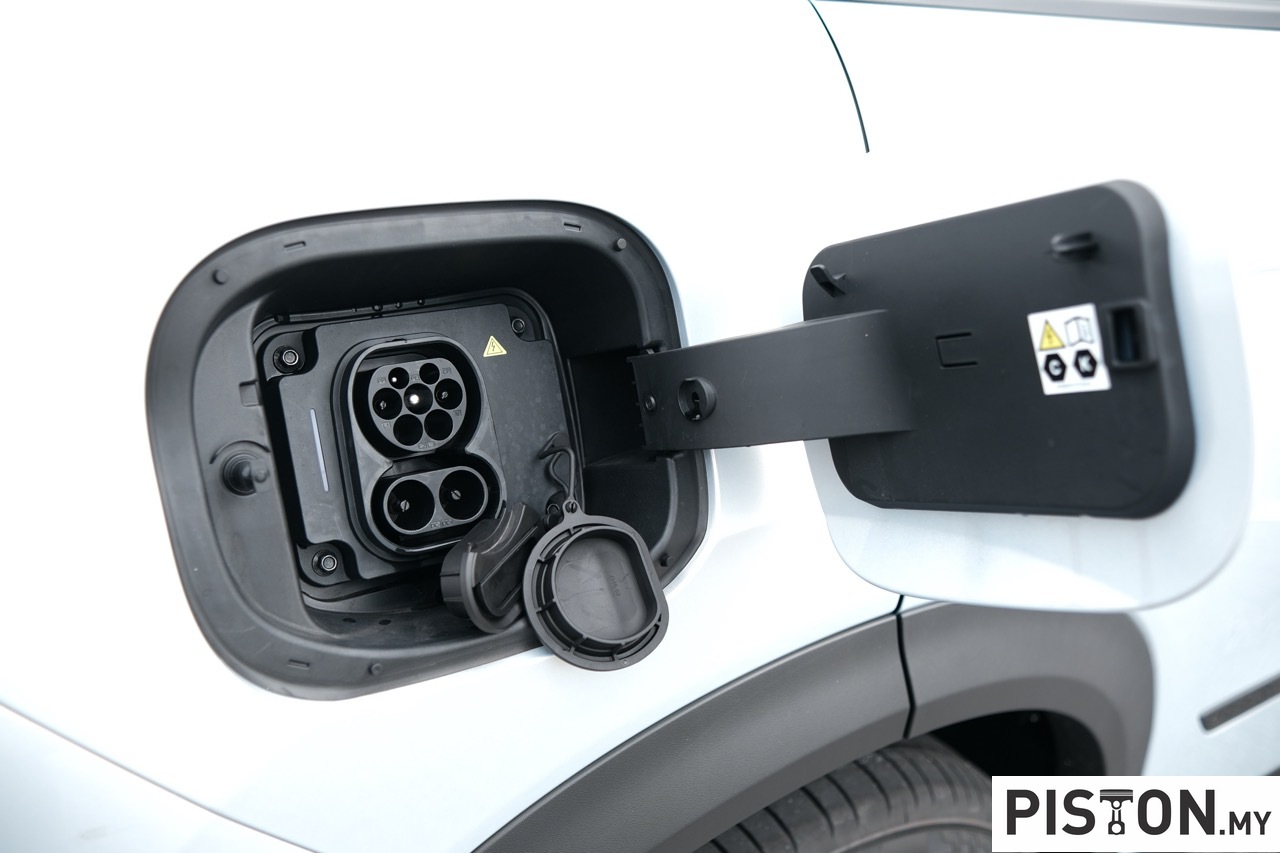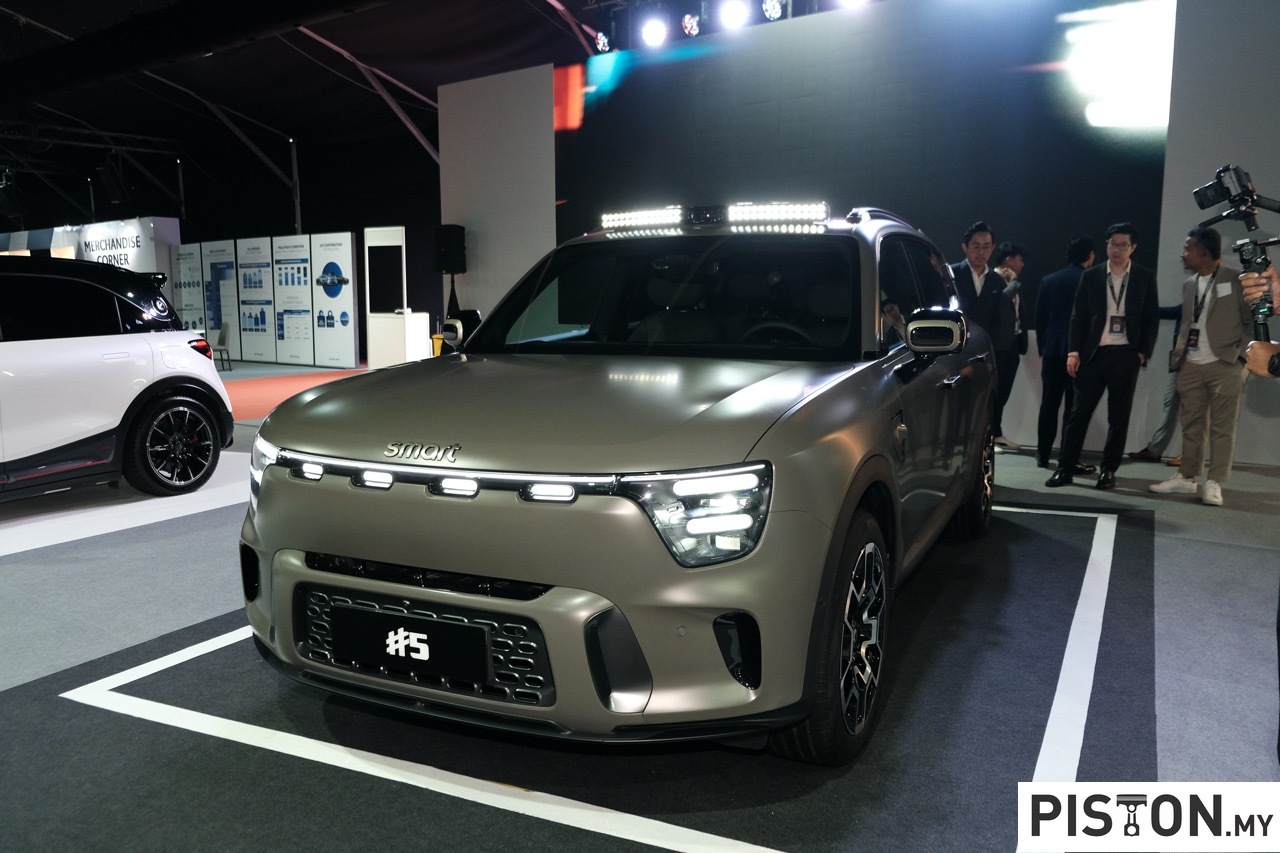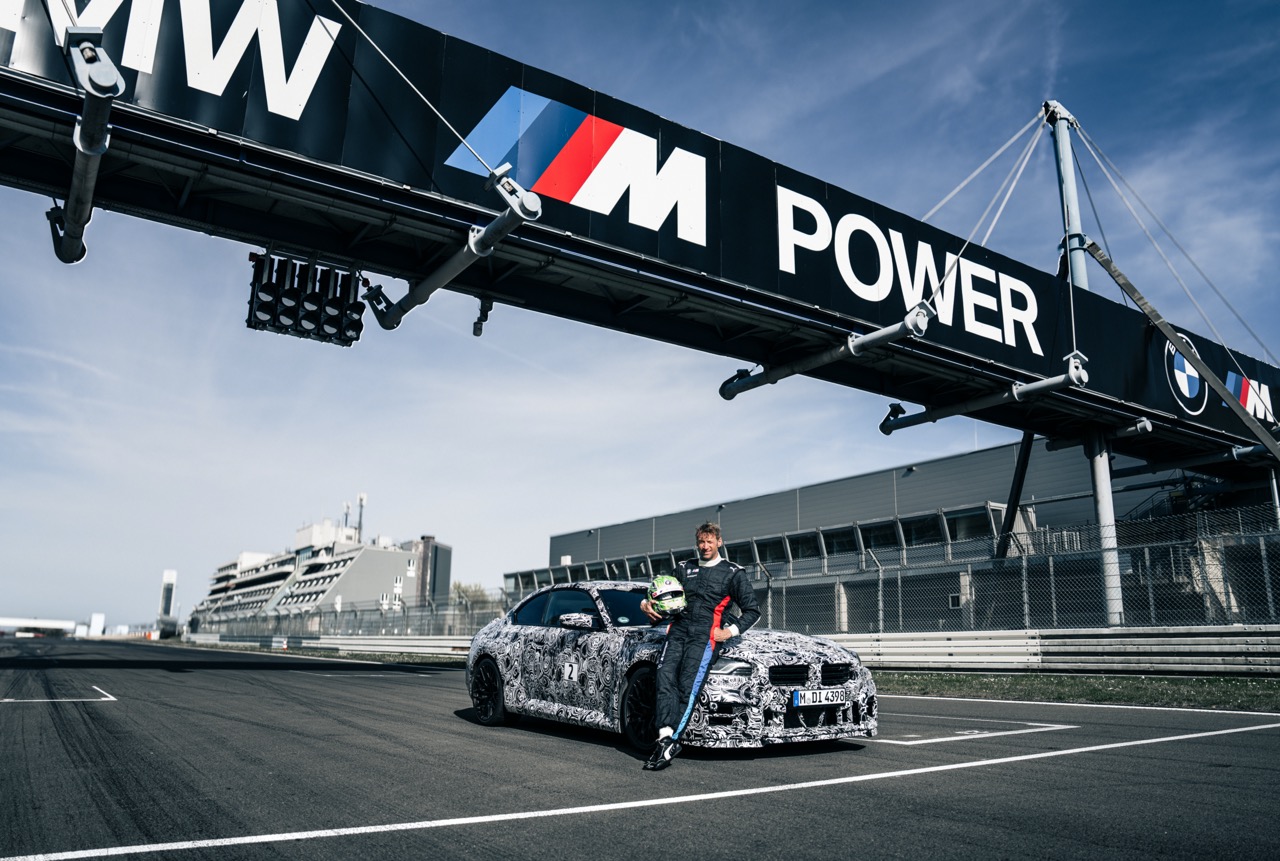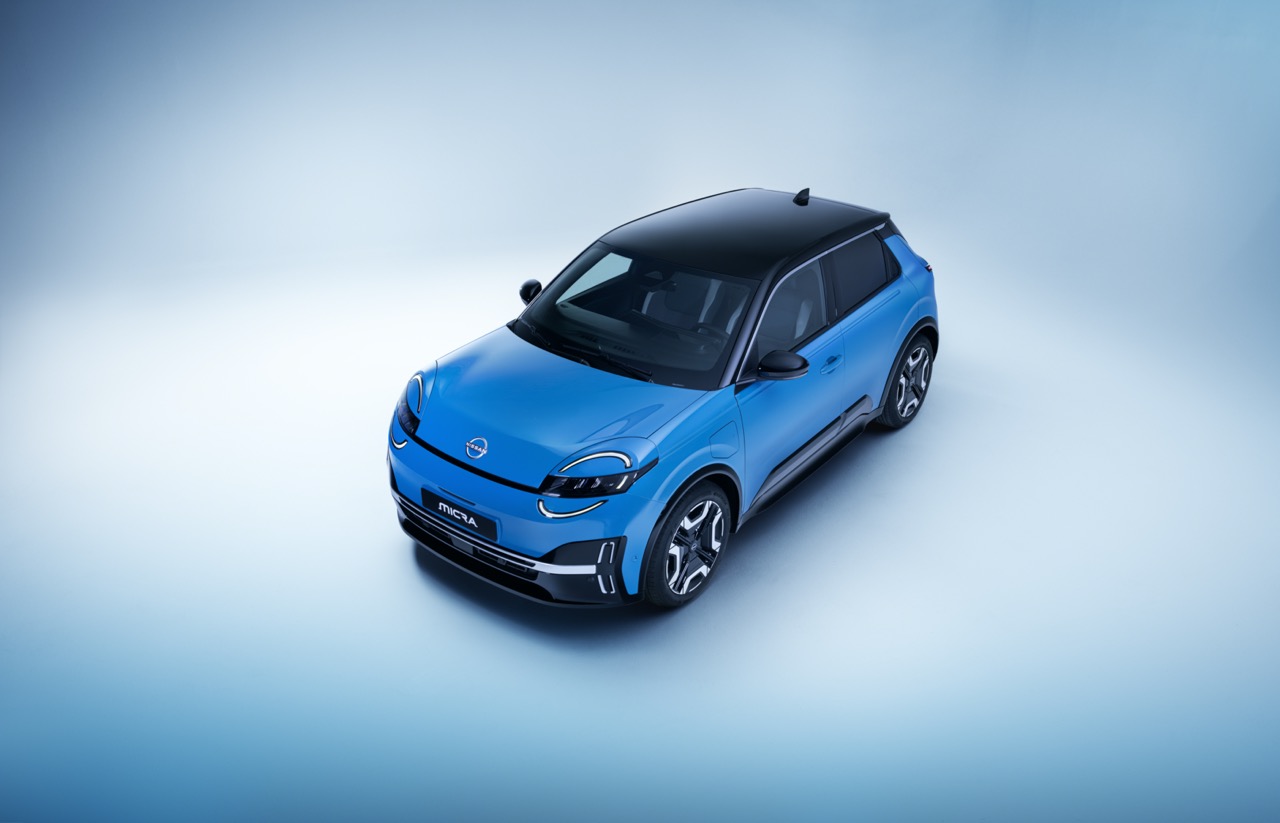Fans of the Japanese kei-cars will be familiar with the Daihatsu Copen, a compact model like a miniaturised roadster. Like the Suzuki Cappuccino, it was mainly for the Japanese domestic market although there were exports. The original Copen was on sale from 2002 to 2012 and then there was a lapse of 2 years before the second generation appeared in 2014. There was a rumour that, some years back, Perodua had asked Daihatsu to consider selling it in Malaysia but it was probably not feasible from the volume point of view (especially if it was a CBU import subjected to high taxes).
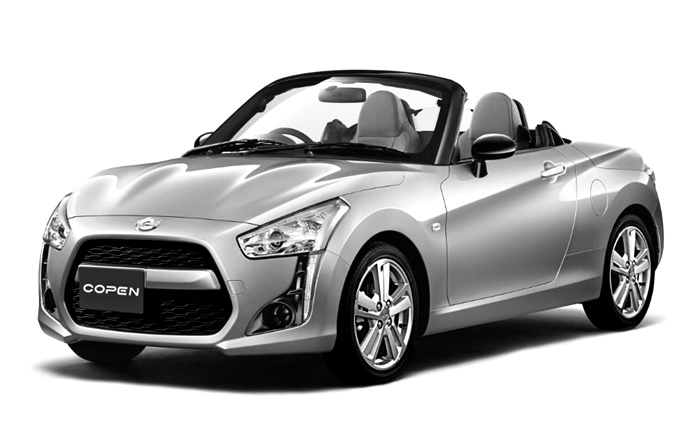
First ‘GR’ developed sportscar
The second generation continues to be on sale but now Toyota has adopted the model and got TOYOTA GAZOO Racing to further develop it. It is the first sportscar that is ‘GR’ developed, drawing on the knowledge and experience gained through TOYOTA GAZOO Racing’s motor sports activities.
The move is probably with strong ‘guidance’ from Toyota President, Akio Toyoda, who must like the little 2-seater convertible sportscar. Ever since becoming President, he has been trying hard to rekindle the passion for cars among the younger generation. So a car like the Copen GR Sport, as the model will be known, might attract interest, especially with a pricetag that starts (in Japan) from 2,380,000 yen (around RM92,000).
Enhanced driving dynamics
Toyota does not make minivehicles, leaving that segment to Daihatsu, so it has nothing like the Copen GR Sport in its line-up. But more importantly, its driving dynamics have been enhanced by Toyota GAZOO Racing so it would be even more appealing and satisfying to the enthusiast driver.
Specifically, development has focused on body rigidity and suspension tuning. Optimal body rigidity balance has been achieved by adding the front brace and changing the shape of the centre brace. The suspension spring rate was optimized for the body rigidity, requiring time and effort and in combination with a dedicated shock absorber, a smooth ride with supple movement, and the feeling of the tyres gripping the ground was pursued. The BBS forged-aluminium wheels are exclusively designed for the Copen GR Sport.
In addition, the electric power steering is specially tuned for the Copen GR Sport, taking into account its size and weight (980 kgs). The aim of the engineers has been ‘ to offer the pleasure of being able to use the engine power to the max because it is a minivehicle, and the superior comfort of controlling the vehicle at will, which is like a lightweight sportscar in everyday life’.
The engine is the same type as in the Daihatsu Copen, a 660 cc 3-cylinder long-stroke unit powering the front wheels. With turbocharging and an intercooler, the power output is 64 ps/92 Nm and customers can choose to have a 5-speed manual transmission or a 7-speed CVT.
Design prioritizes functionality
The front face uses the ‘Functional MATRIX’ grille, which is the GR icon, with horizontal and vertical elements key to the design. A large opening lower grille contributes to improved cooling performance and an under-spoiler-shaped front bumper contributes to improved driving performance while emphasizing the low centre of gravity and wide and low styling. Aerodynamic performance was improved by rectifying the air by extending the bumper side and setting the front bumper air outlet.
The interior (only available in black) features special Recaro seats and dedicated self-lighting triple meters. A special piano black-toned decorative centre cluster creates a sophisticated atmosphere. In addition, the powered Active Top roof is standard equipment so every owner can enjoy topless motoring.
As a GR model, the Copen GR Sport will obviously be at Toyota dealerships in Japan with the GR Garage, a retail feature intended to create a regular ‘hangout’ for sportscar enthusiasts and car fans. Outside Japan, the only country that currently has such a concept is Malaysia, so it is possible that we will see the Copen GR Sport alongside the new Supra.







